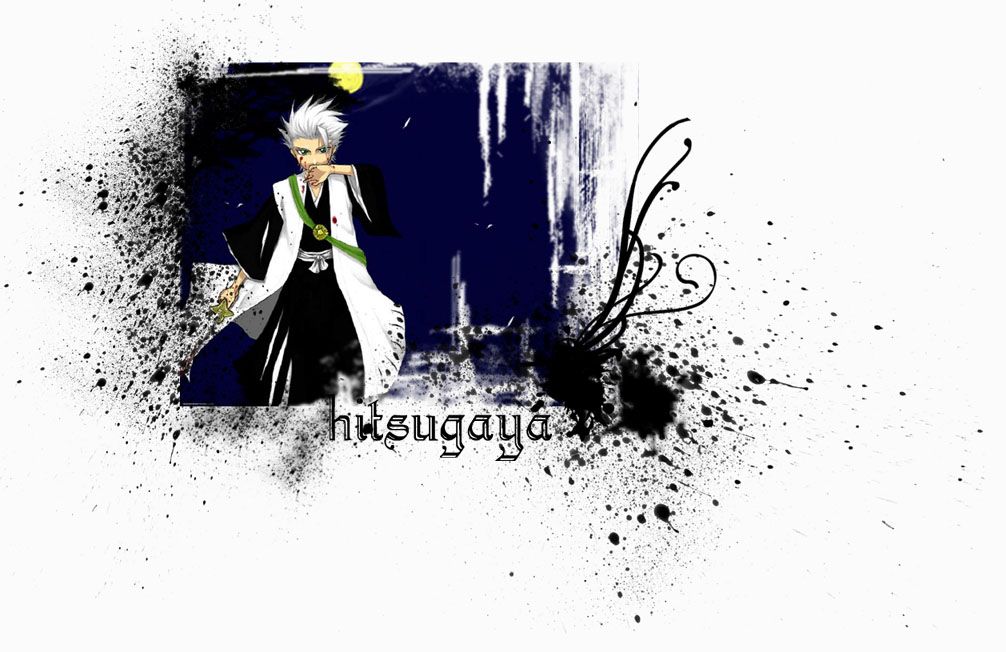Tuesday, September 05, 2006
The electrolysis of brine (concentrated NaCl) yields the following products.
Cathode: Reduction of water takes place, producing hydrogen gas and sodium hydroxide.
Hydrogen gas is used in the making of ammonia (Haber Process), for the hydrogenation of fats and oil (manufacturing of margarine) and in metal welding using an oxy-hydrogen flame (2000 degree celsius).
Sodium hydroxide is used in making of soap (via saponification) and detergent, used in refining aluminium oxide and for manufacturing pulp, paper and textile (rayon - artificial silk).
Anode: Oxidation of chloride (due to its high concentration), producing chlorine gas.
Chlorine gas is used as a germicide (sterilisation of water), bleaching agent (for cotton, linen & wood pulp), making polyvinylchloride (PVC used in water pipes NOT NON-STICK PANS *faint*).
Btw, the polymer for making non-stick cookware is poly(tetrafluoroethene), PTFE a.k.a. Teflon.

